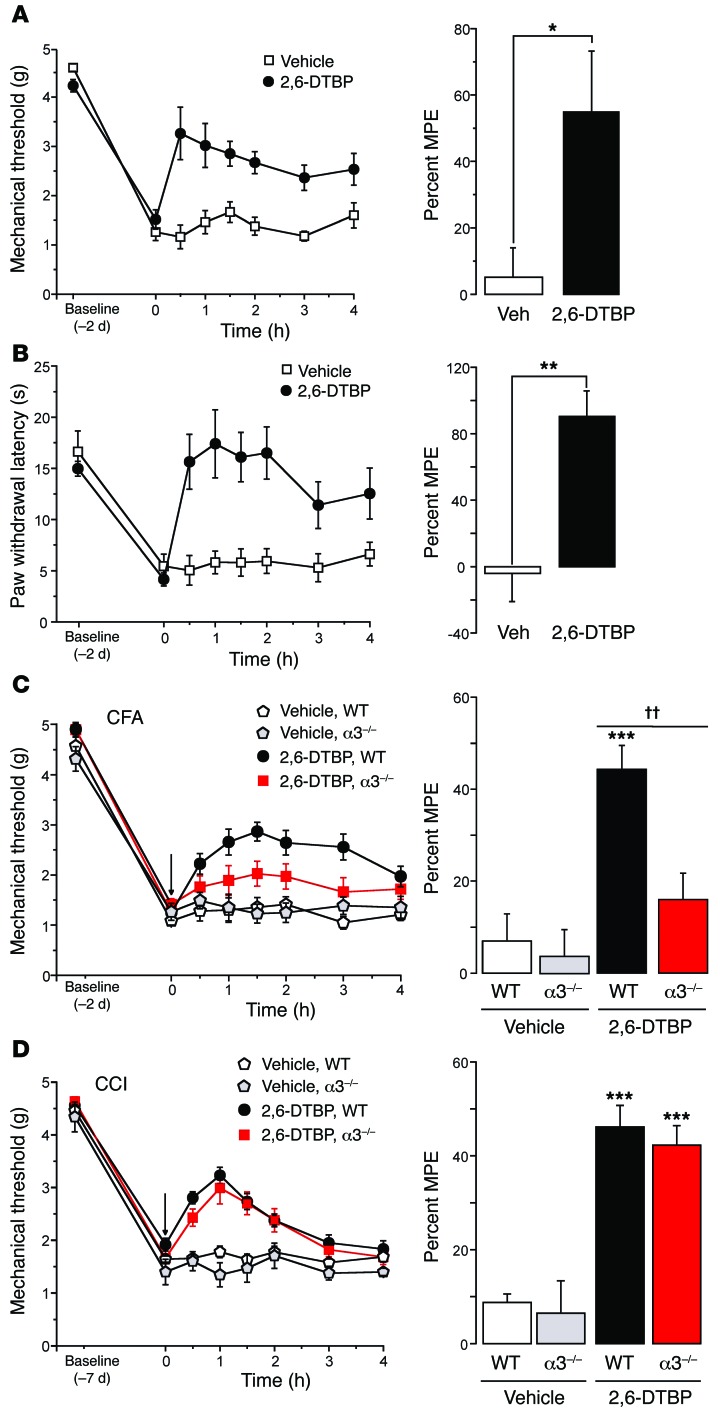Figure 7. In vivo antihyperalgesic effects of 2,6-DTBP.
(A and B) Zymosan A model of inflammatory hyperalgesia. Zymosan A (0.06 mg) was injected subcutaneously into one hindpaw. 2,6-DTBP (90 mg/kg i.p.) or vehicle (VEH) was administered 48 hours after zymosan A. (A) Mechanical hyperalgesia. Treatment × time interactions (P < 0.05) were significant for time points between 30 minutes and 2 hours [2-way repeated measures ANOVA, F(1,6) values ranging from 5.0 to 8.2]. Right: maximum possible antihyperalgesic effects (MPE) determined for the interval 30 to 60 minutes after 2,6-DTBP injection. *P < 0.05, unpaired t test, n = 6 and 7 mice for 2,6-DTPB and vehicle, respectively. (B) Same as (A), but heat hyperalgesia. Treatment × time interactions were significant for time points between 30 minutes and 4 hours [F(1,6) = 7.2 to 24.8]. MPEs: Unpaired t test, **P < 0.01, n = 7 and 6. (C) Inflammatory hyperalgesia evoked by CFA. 2,6-DTBP was applied 2 days after CFA injection. In wild-type mice (n = 7 and 9), treatment × time interactions were significant (P < 0.05) for time points between 30 minutes and 4 hours [F(1,6) = 4.8 to 20.0]. In GlyRα3–/– mice (n = 10 and 7), interactions remained insignificant for all time points [P > 0.17; F(1,6) = 0.02 to 0.7]. Significant MPE of 2,6-DTBP (determined between 60 and 90 minutes) were found in wild-type, but not in GlyRα3–/– mice. The MPE differed significantly between wild-type and GlyRα3–/– mice [ANOVA followed by Bonferroni post-hoc test, F(3,38) = 9.97; ***P < 0.001, for vehicle versus 2,6-DTBP in wild-type mice]; ††P < 0.01 (2,6-DTBP effect in wild-type versus GlyRα3–/– mice). (D) Neuropathic hyperalgesia. 2,6-DTBP was applied 7 days after CCI. In wild-type mice, treatment × time interactions were significant (P < 0.05) between 30 minutes and 90 minutes [F(1,6) = 0.09 to 69.0]. In GlyRα3–/– mice, a significant interaction (P < 0.05) was found only for 60 minutes [F(1,6) = 0.003 to 5.9]. The MPE was significant in wild-type and GlyRα3–/– mice [ANOVA followed by Bonferroni post-hoc test, F(3,30) = 24.7; ***P < 0.001, for 2,6-DTBP versus vehicle]. No significant difference was found between 2,6-DTBP–treated wild-type and GlyRα3–/– mice (P = 0.55).

